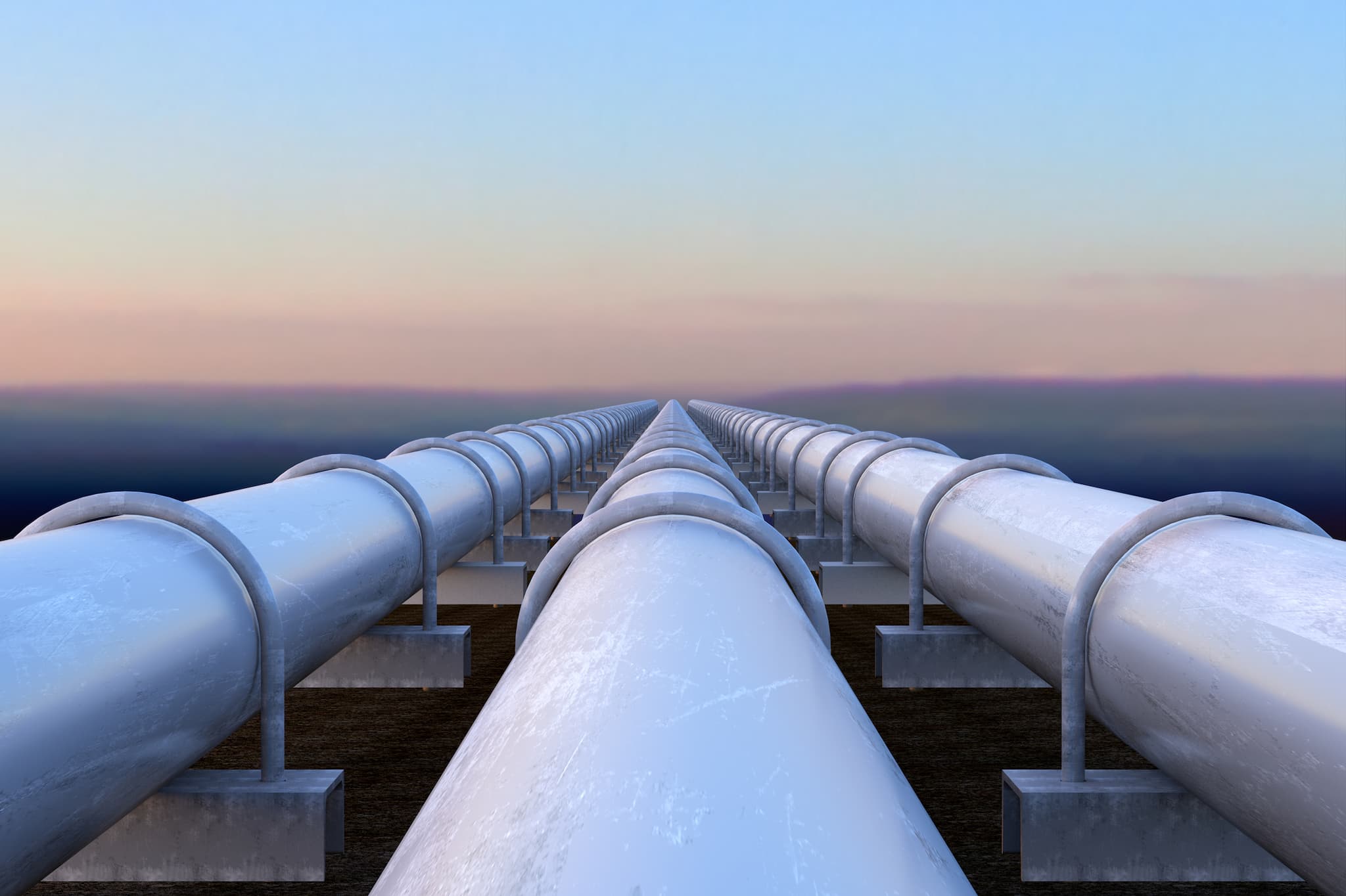Keystone XL
After a nearly 10-year battle, the Keystone XL pipeline finally received regulatory approval from the state of Nebraska. The Nebraska Public Service Commission, an elected panel that includes one Democrat and four Republican representatives, announced the decision to allow the underground pipeline to pass through the state on November 20.
Previous proposals for the highly controversial pipeline, which would transport crude oil between Canada and the Texas Gulf Coast, had been rejected by the Obama administration due to environmental concerns. In January of 2017, president Donald Trump revived the plan, along with the equally contested Dakota Access pipeline.
That said, the four-member regulatory panel didn't exactly give a blanket approval for the Keystone XL pipeline. While the plan to build was approved, the proposed route by TransCanada (now the sole company that owns the Keystone XL project) was not approved. Instead, the commission suggested a different route — one that's east of TransCanada's preferred path.
While the Keystone XL pipeline now has state approval, it did not come in the form TransCanada has long been pushing for. In fact, in a short statement issued after the decision, TransCanada didn't mention any plans for moving forward with the pipeline's construction. Instead, the company's president and CEO Russ Girling said that they will "conduct a careful review" of the ruling, "while assessing how the decision would impact the cost and schedule of the project."
Economic Benefit, Environmental Concerns
Proponents of the Keystone XL pipeline often point out to the potential economic benefits the project would bring. Construction and long-term operation and maintenance would create jobs, but the exact number has been debated. Without the data to back up claims of job creation, it's become increasingly difficult to argue for the pipeline's benefits. This is especially true in the wake of the Bureau of Labor Statistics report that revealed the fastest growing industry in the U.S. is the renewable energy sector, where jobs now outnumber those in many other industries — including those reliant on fossil fuels.
A direct oil pipeline would also, supposedly, lower the cost of fuels. However, as the Christian Science Monitor pointed out back in 2012, there are other issues that need to be considered along with such claims: for one, it's possible that the pipeline could raise oil prices in the Midwest region by reducing "oversupply."
There are also the environmental issues, which TransCanada has acknowledged, though they've stated the preferred main pipeline for the Keystone XL project adheres to the necessary precautions to keep it environmentally safe, protecting resources like water. However, as TransCanada recently reported a spill of around 210,000 gallons of oil from one of its existing pipelines, those claims have been met with a healthy dose of skepticism.
Nebraska's approval of the project is more complicated than it looks: as reported by the Omaha World-Herald, the current route proposed would require TransCanada to secure new property easement agreements from landowners who were not affected by previous plans for the pipeline.
"Opponents have promised to file lawsuits to challenge the project, and TransCanada has said it won't decide until December if it has enough shippers to make the $8 billion project financially feasible," the Omaha continues. One such opponent is the Sierra Club, which issued a statement calling the decision a "conditional approval," — and one they would continue to work against.
Speaking to The New York Times, long-time Nebraska anti-pipeline leader Jane Kleeb said the project as a whole remains a mistake. “They do not get their preferred route, the route that we have been fighting in courts over for eight years," she said. “What is wrong — and what we will continue to fight — is that this pipeline is still on the table.”
Share This Article
